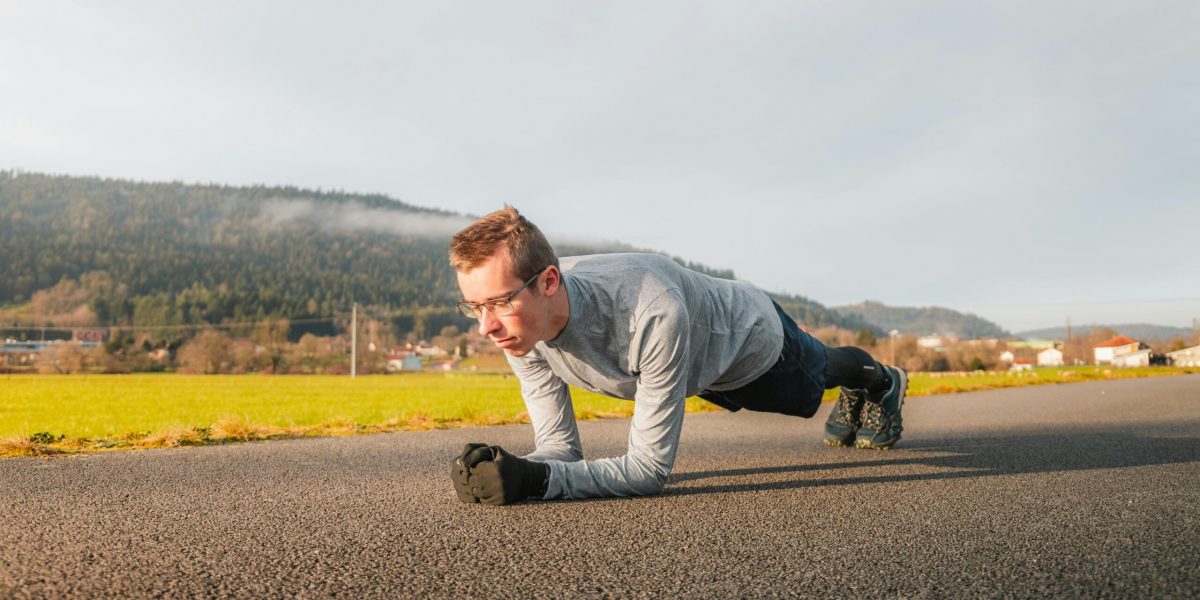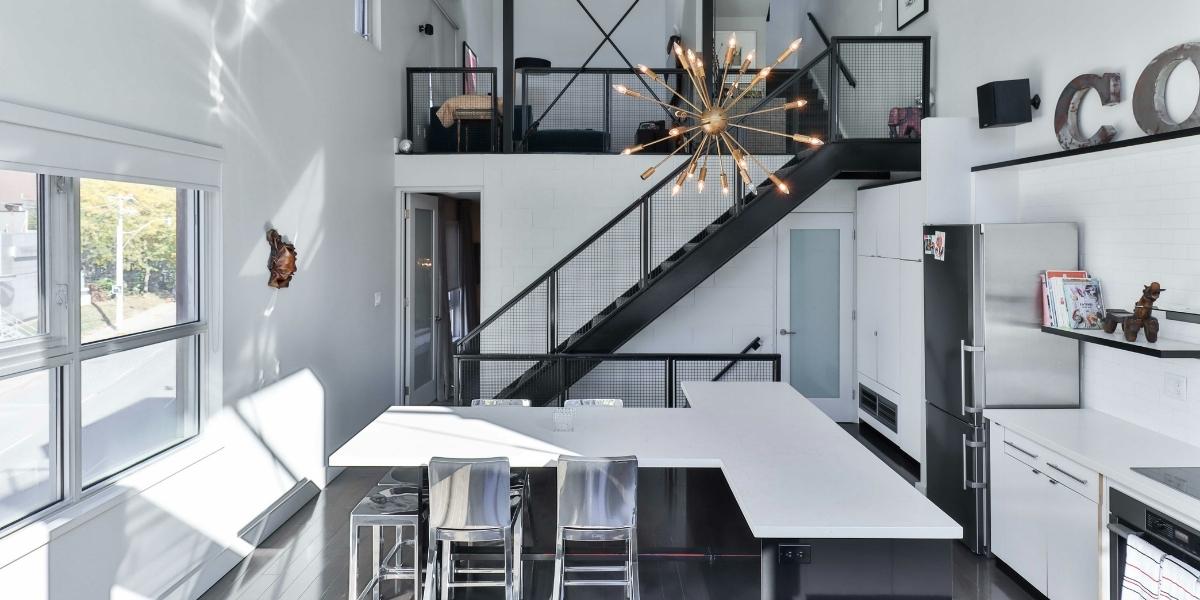Transform Your Fitness Routine with Bodyweight Exercises
Finding the time and resources to hit the gym can often be a challenge. However, there’s no need for expensive equipment or gym memberships to maintain a strong fitness routine. No-equipment workouts, focusing on bodyweight exercises like push-ups, squats, and planks, have gained tremendous popularity. These workouts allow individuals to stay fit and active in the comfort of their own homes, and they can be just as effective as those involving heavy equipment.
The beauty of bodyweight exercises lies in their simplicity and versatility. Whether you’re a beginner or a seasoned fitness enthusiast, bodyweight exercises can be easily modified to fit your current fitness level and goals. These movements engage multiple muscle groups, improve strength, flexibility, and endurance, and require little to no space. This makes no-equipment workouts ideal for busy individuals looking to stay in shape without investing in specialized tools or machines.
Why Choose No-Equipment Workouts?
Bodyweight exercises offer numerous benefits that make them a great option for anyone looking to improve their fitness routine. First and foremost, they are convenient. You don’t need any equipment or a gym membership, and you can do them virtually anywhere—whether it’s in your living room, in the park, or even in your hotel room. Additionally, no-equipment workouts are incredibly cost-effective because they don’t require purchasing expensive machines or gym gear.
Another major advantage is the functional strength bodyweight exercises provide. These exercises mimic natural movements, such as squatting, lunging, and pushing, that the body uses daily. By training in this way, you can improve your overall movement efficiency, stability, and coordination. Many bodyweight exercises also help improve core strength, which is crucial for maintaining good posture and preventing injuries.
Bodyweight workouts are highly adaptable. Beginners can start with basic movements like modified push-ups or wall squats, while more advanced individuals can intensify their routine with exercises like one-legged squats or handstand push-ups. The ability to progress and adjust exercises makes no-equipment workouts accessible to people of all fitness levels.
Effective Bodyweight Exercises for Full-Body Strength
There are countless bodyweight exercises that target different muscle groups, and by combining them, you can create a comprehensive workout routine that enhances your strength, endurance, and flexibility. Here are a few foundational exercises that are incredibly effective for a full-body workout:
Push-ups: One of the most classic bodyweight exercises, push-ups work the chest, shoulders, triceps, and core. To get started, simply begin with knee push-ups or incline push-ups against a raised surface, like a bench or table. As you gain strength, you can move on to standard push-ups or even more advanced variations like diamond push-ups or decline push-ups.
Squats: Squats are excellent for strengthening the lower body, particularly the quads, hamstrings, and glutes. They also engage the core to a certain degree. Bodyweight squats can be modified by adjusting the stance— narrow squats target different muscles than wide squats. For more challenge, try jump squats or pistol squats (single-leg squats).
Planks: The plank is one of the best exercises for building core strength. It works the abs, back, shoulders, and even legs. Start with a basic forearm plank, ensuring your body forms a straight line from head to toe. For increased difficulty, try side planks, plank leg raises, or even plank to push-ups.
Lunges: Lunges are a great way to target the legs and glutes, while also enhancing balance and stability. You can try forward lunges, reverse lunges, or lateral lunges to keep your routine varied. As your strength improves, you can add jumping lunges for extra intensity.
Glute Bridges: Glute bridges work the glutes, hamstrings, and lower back while also improving hip mobility. This exercise is particularly beneficial for counteracting the effects of prolonged sitting, which weakens these muscle groups. For added challenge, you can try single-leg glute bridges or elevated glute bridges.
By combining these exercises into a well-rounded routine, you can target all major muscle groups in the body without needing any equipment. Whether you’re looking to tone your muscles, build strength, or improve cardiovascular fitness, these exercises can meet your needs.
How to Structure Your No-Equipment Workout Routine
The key to an effective no-equipment workout is variety and consistency. You should aim to work all major muscle groups throughout the week, ensuring a balance of strength training, cardio, and flexibility. Here’s a sample no-equipment workout plan you can follow:
Warm-Up: Always start with a few minutes of dynamic stretching or light cardio, such as jumping jacks, high knees, or jogging in place. This helps prepare your body and reduce the risk of injury.
Strength Training: Perform a circuit of bodyweight exercises, such as push-ups, squats, lunges, and planks. Aim for 3-4 sets of 8-12 repetitions per exercise. Rest for 30-60 seconds between each set.
Cardio: Incorporate high-intensity bodyweight movements like burpees, mountain climbers, or jumping jacks. This will raise your heart rate and improve cardiovascular fitness.
Cool Down: Finish your workout with some static stretches for the muscles you’ve worked. Hold each stretch for 20-30 seconds to improve flexibility and promote recovery.
It’s important to gradually increase the intensity of your workouts as your fitness level improves. This can be done by increasing the number of repetitions, performing more advanced variations of exercises, or reducing the rest time between sets.
Why No-Equipment Workouts Are Ideal for Busy Lifestyles
One of the main reasons no-equipment workouts have become so popular is their convenience. With busy schedules, many people find it difficult to carve out time for gym visits or to deal with the hassle of setting up equipment. No-equipment workouts solve this problem by allowing individuals to work out wherever they are, whether at home, in the office, or while traveling.
Bodyweight exercises do not require much space, which makes them ideal for smaller living areas or even outdoor workouts. With just a few minutes a day, you can fit in a high-quality workout, ensuring that your fitness goals are met despite a packed schedule.














